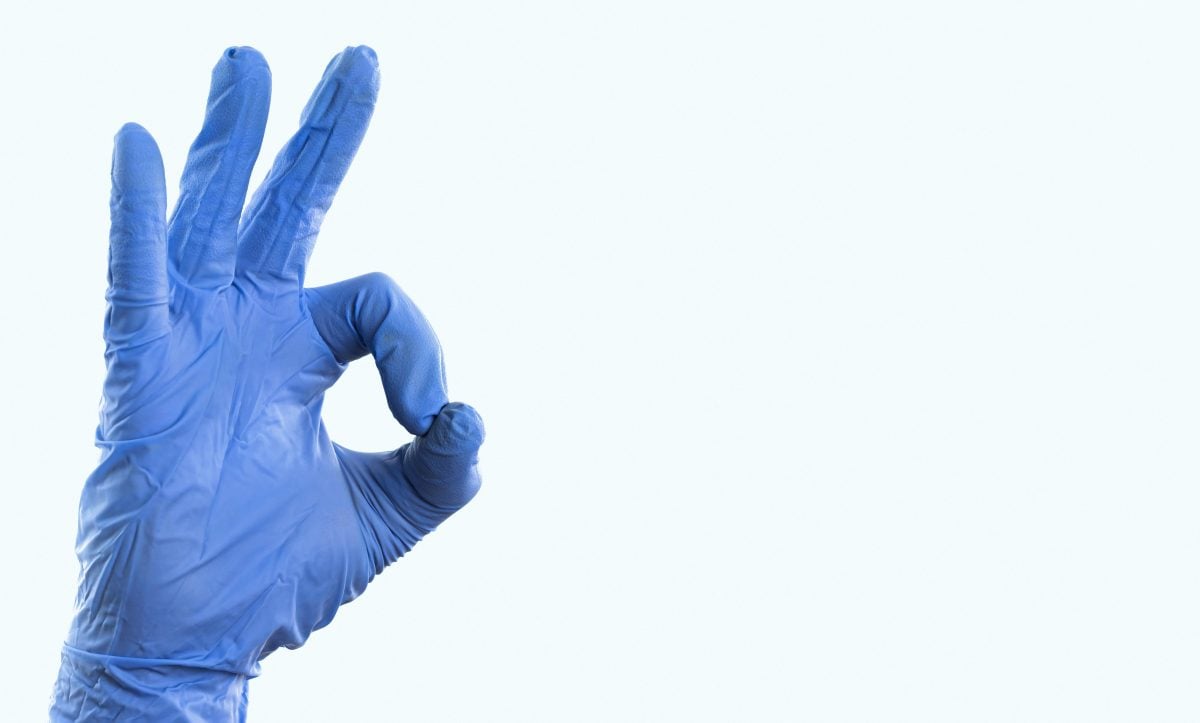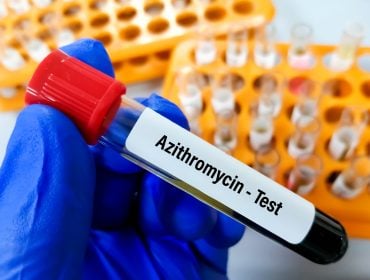Uncovering STDs Through Your Pap Smear Test
A Pap smear, also known as a Pap test, is a routine procedure in women’s healthcare primarily designed to detect precancerous conditions and cancer of the cervix. Many wonder if this exam extends its diagnostic reach to sexually transmitted diseases (STDs). While it can reveal infections such as human papillomavirus (HPV), which are linked to cervical changes, its ability to directly identify other STDs like herpes or chlamydia is limited.
Instead, specific tests for these individual infections are necessary for accurate detection and diagnosis during a woman’s health examination.
HPV Discovery Through Routine Paps
Pap smears play a critical role in the early detection of cervical changes that may signal cancer. The test uses a tool to collect cells from the cervix, spread onto glass slides, and analyzed for abnormalities. Often, women come with issues like vaginal discharge or irregular periods.
Most samples show no sign of malignancy; some reveal atypical cells needing further checks through colposcopy. Cervical cancer risks drop where screening is common but remain high elsewhere due to awareness gaps and limited programs—like in India where rates are starkly higher than more developed regions. For those asking about STDs: Pap tests are mainly for finding precancerous conditions.
They can suggest HPV issues when combined with an HPV DNA test, but they don’t specifically detect herpes or chlamydia.
When to Seek Additional STD Screening
People often wonder if a Pap smear can find STDs like herpes or chlamydia. While it’s mainly for cervical cancer, sometimes it picks up other issues. Yet, screening has limits; they might miss things (false-negative) or flag diseases not there (false-positive).
Screening usefulness fades with age since older folks may face more urgent health worries before slow-growing conditions become serious. Guidelines suggest when to stop routine tests based on risks and benefits at certain ages. For instance, women over 65 who had regular Paps can usually skip them without worry of missing early signs of trouble — assuming past smears were normal.
A recent study noted most women aged 76 plus kept getting screened long after turning 65 despite guidelines advising against it, suggesting many could have bypassed these checks safely.
Enhancing Sexual Health with Regular Check-Ups
Regular health check-ups are vital for sexual well-being, particularly for HIV-infected women. A key component is the Pap smear test—a tool not just for detecting cervical changes but also an occasion to screen other sexually transmitted diseases (STDs). Yet, research shows a concerning gap: only 78% of such women had undergone a Pap test in the previous year.
It’s apparent that missed tests mean missed opportunities; without them, these individuals were less likely to be screened for STDs. Moreover, specific factors—age over fifty years old or personal income above poverty levels—are linked with lower rates of testing. Likewise, lifestyle elements like abstaining from sex and experiencing depression play roles too; those affected by either condition tend toward fewer screenings.
It’s clear that managing HIV care is essential. This includes regular OB/GYN visits, CD4 monitoring, and comprehensive checks for HPV during every clinical visit.
Understanding the Pap Smear Procedure
A Pap smear, a key test for women’s health, collects cells from the cervix to spot early signs of cancer. Cells are gently scraped or brushed off and analyzed. By detecting abnormal cells that may cause cervical cancer later on, this procedure plays a pivotal role in prevention.
Doctors suggest starting Pap smears at 21 with tests every three years until 65. Women over 30 might pair it with an HPV test every five years since HPV can lead to cervical issues too. It’s crucial after hysterectomy only if it was due to malignancy; otherwise, testing might stop with your doctor’s advice.
While primarily for spotting potential cancers early on when you have the best chance at beating them, remember—a standard Pap won’t check for all STDs like herpes or chlamydia directly.
STD Detection: Beyond Cervical Cells
Detecting STDs goes beyond spotting abnormal cervical cells. A Pap smear checks the cervix for cells that might turn cancerous. The process gathers cell samples to inspect under a microscope, searching not only for signs of malignancy but also infections and inflammation hints.
The cervix plays a critical role as it joins the uterus to the vaginal canal, crucial during pregnancy because it seals off to secure the developing baby inside. In testing these sampled cells from such an area, doctors can identify human papillomavirus (HPV), which heightens risk for cervical cancer significantly. Pap smears are distinct from general pelvic exams and HPV tests. They screen for cervical cancer alongside HPV tests using a simple scrape of cervical tissue for lab analysis.
Herpes Identification During Pap Testing
When doctors do a Pap smear, they’re looking for signs of trouble in the cervix. This test can often spot HPV that leads to cancer but it’s not made to find herpes. Herpes doesn’t show up the same way on these tests; its clues are different and need other methods to be caught.
But since herpes plays a part in health down there, knowing if it’s hiding is vital. Some think hepatitis shots might help people get checked more early—early enough so that bad things like cervical cancer don’t stand as much chance [11]. Yet questions hang about infections like chlamydia causing problems too [12].
Herpes may play into how cervical cancer comes about; still, proof wavers [14],[15]. The main game plan for fighting off this nasty virus centers around drugs named acyclovir or valacyclovir [24],[25] and keeping an eye out with regular screenings recommended at certain ages or intervals by the task force guidelines[185]. So while your everyday Pap won’t tell you if you’ve got herpes without extra testing, staying ahead with regular check-ups keeps health risks lower—which makes it all quite important!
Chlamydia Revealed in Cytology Exams
In the quest to spot chlamydia, cytology exams like the Pap smear play a role but with limits. A regular Pap test eyes cells from the cervix for signs of change that might mean cancer is at hand; it doesn’t seek out chlamydia. Yet during these tests, doctors often grab this chance to screen for STIs too.
This combo means while checking cervical health they can also catch common infections such as HPV which may stay and raise odds of cancer. To check specifically for chlamydia—apart from abnormal cellular changes—a separate swab or urine test must be done; a fact some might miss in their routine exam expectations. The Centers for Disease Control (CDC) suggests yearly screening between ages 15-24 given how widespread this infection runs among young people. Health pros will guide when you need both your Pap smear and any added checks based on age or risk profile.
The Limits of Pap Tests for STDs
Pap smears aren’t full-proof for detecting all STDs. They were once a common method to screen young women for chlamydia, typically during cervical cancer tests. However, with updated guidelines suggesting less frequent Pap smear tests, chlamydia screening rates have fallen among teens and young adults.
It’s crucial since the CDC flags yearly testing necessary for sexually active women under 25 due to risks like infertility or serious infections in newborns. Clinics changed focus from routine Paps to age-based screenings after 2009 guideline changes. This led to fewer Paps and incidental chlamydia checks, dropping from thirty percent to near one percent, despite steady clinic visits.
Nonetheless, advancements allow urine samples or vaginal swabs instead of invasive methods tied solely with Pap smears; this benefits patient comfort without compromising effectiveness.
Interpreting Abnormal Results and Next Steps
When a Pap smear test yields unclear results, it may not necessarily indicate an STD. Sometimes the sample lacks enough cells or is tainted with blood and mucus—common if taken during a heavy period. These inadequate samples prevent accurate analysis; they aren’t abnormal but inconclusive instead.
If this occurs, retesting becomes essential to ensure reliable findings. Patients should understand that while retest wait times can vary, clear outcomes are vital for proper health assessment and future steps in care—it’s about being thorough, not alarmed. Remember: consult your doctor for personal medical advice rather than relying on general information online—even from reputable sources like Harvard Health Online—and always review article dates for relevance.
A Pap smear test primarily detects cervical cancer risks but doesn’t cover all STDs. For comprehensive screening, additional tests are vital. These include specific assays for chlamydia, gonorrhea, syphilis, hepatitis B and C along with HIV testing. Patients should discuss their concerns with healthcare providers to ensure a tailored approach that addresses potential exposures or symptoms related to other sexually transmitted infections beyond the scope of a Pap smear exam.
References:
https://www.ncbi.nlm.nih.gov/pmc/articles/PMC5996593/
https://www.ncbi.nlm.nih.gov/pmc/articles/PMC5564184/
https://www.mayoclinic.org/tests-procedures/pap-smear/about/pac-20394841
https://my.clevelandclinic.org/health/diagnostics/4267-pap-smear
https://www.mdpi.com/2072-6694/15/14/3692
https://www.medicalnewstoday.com/articles/does-a-pap-smear-test-for-chlamydia
Secure and Confidential
STD testing services
The fastest results possbile - available in 1 to 2 days

Tagged
Categorized As
Author: STD Check Editorial Team
At STDCheck.com, we go to great lengths to ensure quality content. We’re using our own collection of data. It is not bought or made up for “click-bait” purposes. We don’t entice traffic with cheesy graphics or raunchy headlines. Our information is to promote STD testing, educate people, let go of social stigmas, and bring awareness. We also provide a completely confidential atmosphere through private testing. When we produce an article, it is fact-based. We check it with medical advisors that approve it. Our staff consists of doctors and other medical professionals who peer review the content we make available on STDCheck.com. From all over the world, we have sourced the best and the brightest content developers, including medical professionals, marketing engineers, data scientists, content specialists, and media relations.




